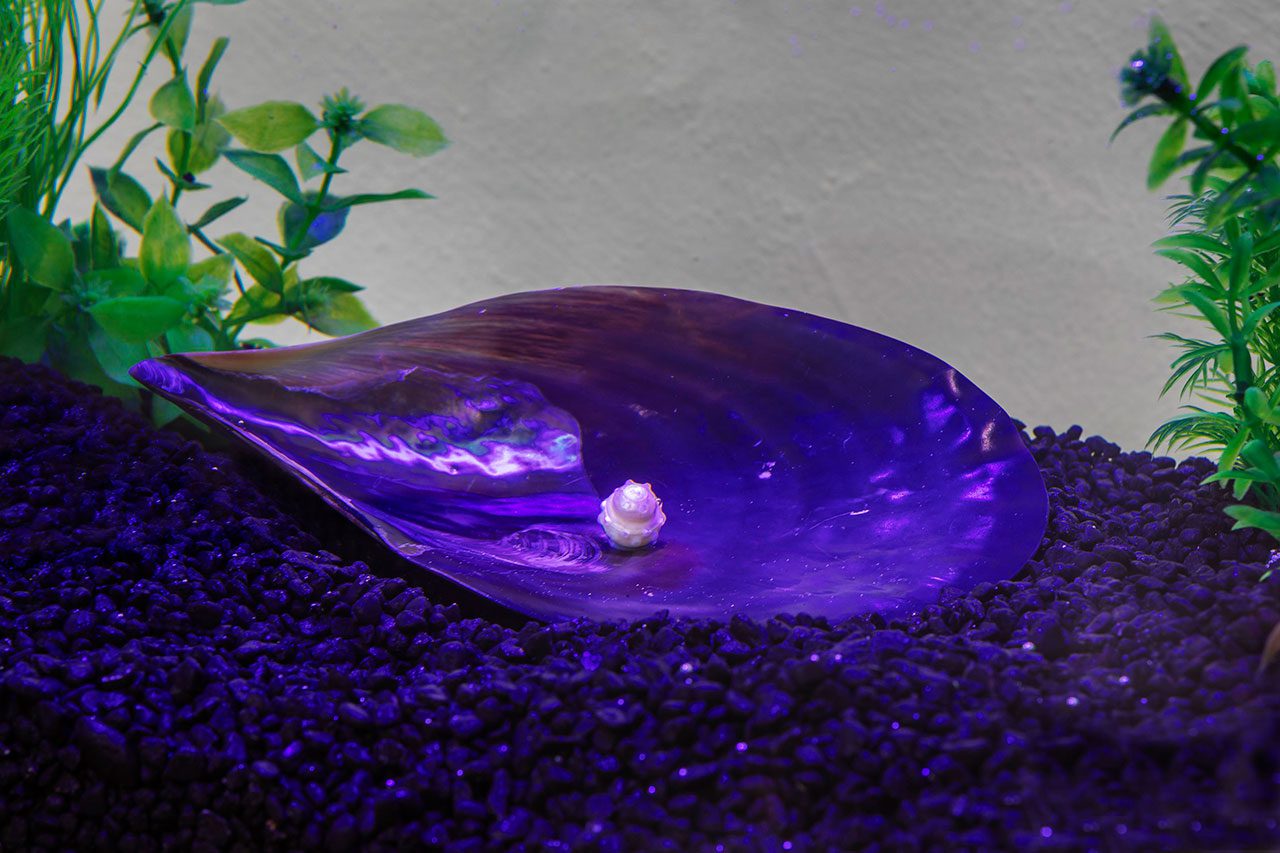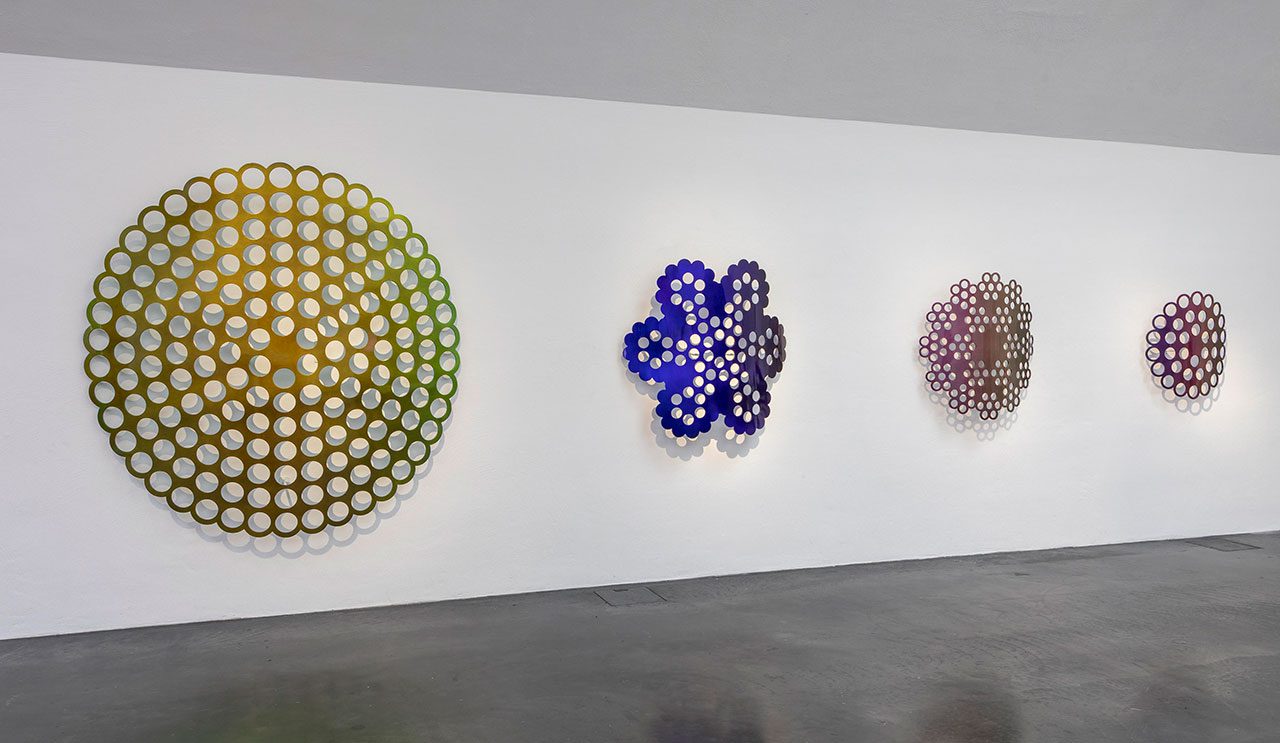PRESENTATION: Monira Al Qadiri-Deep Fate
Monira Al Qadiri’s practice explores global histories, ecologies, and cultural narratives. Raised between cultures and educated in Japan, where she earned a Ph.D. in Intermedia Art from Tokyo University of the Arts, Al Qadiri’s work primarily focuses on the worldwide impact of natural resource extraction. Through a combination of in-depth research and humor, in her sculpture, videos, and installations, she brings to the fore the effects of what she refers to as “petro-culture”—a society shaped by and reliant on oil consumption.
By Efi Michalarou
Photo: Kiasma Archive

Often characterized by seductive shapes and iridescent colors, Monira Al Qadiri’s work blends autobiographical elements, literature, pop culture, and science fiction. Whether juxtaposing opulence and adversity, tradition and innovation, and the fragility of both natural and human ecosystems, her work encourages deep reflection on the pressing and urgent issues of our time. Monira Al Qadiri’s art deals with what it feels like to live a modern life made possible by oil during the accelerating climate crisis. Oil is everywhere in our everyday lives – in fuels, clothes, toys, make-up, buildings and roads. We use it to heat homes and the climate. Wars have been fought over it. Oil’s dual role in generating wealth and causing crises is a central theme in “Deep Fate”, the solo exhibition by Monira Al Qadiri, The starting point for her new exhibition is the way that this raw material formed over millions of years has been almost surreptitiously interwoven into human history and destiny. The subject is personal for her: Al Qadiri grew up next door to oil refineries in Kuwait and experienced the Gulf War as a child. The title, “Deep Fate”, refers to the origins of oil deep in the earth and also to the way that dependence on oil and breaking that dependence are a matter of life and death for humankind. Al Qadiri’s working process is based on research on the cultural history of the Persian Gulf region. The exhibition features sculptures and video works from the last decade. Some of them are very large, while the smallest are only a centimetre in diameter. Various sculptures echo the shapes of the blades and the molecular structures of the chemicals used in oil drilling. Al Qadiri’s works are characterised by iridescent rainbow colors that are reminiscent of oil and the shimmering surface of pearls. In her video works, the artist often returns to her childhood experiences. For the child living close to an oil refinery, the industrial structure evoked thoughts of a glowing metropolis rather than of environmental destruction. Meanwhile, burning oil fields were her first conscious encounter with oil. Al Qadiri’s works also contain references to the history of her family. Before the oil boom, one important source of livelihood in the region was pearl diving, in which her grandfather worked. In the 1950s, the oil industry lifted the small country of Kuwait out of poverty and into prosperity, and in so doing brought an end to the pearl-diving industry. “Crude Eye” (2022): Growing up in Kuwait close to an oil refinery by the sea, the artist would create stories for the distant petroleum operation while passing by on a traffic bridge. As she envisioned an expansive panorama of lights, fire, smoke, and towers, Al Qadiri imagined it was a city-metropolis—”filled with beings and phantoms from another world.” This dream-like film hearkens back to these childhood memories, fusing eerie, slow views of a reconstructed miniature refinery with lines from poems about city lights and industrial landscapes. Crude Eye blurs reality with speculative memory, and we are unable to tell if the scene is a real place or a fantasy. Is it possible to visualize the influence that the petrochemical industry has on our lives in the modern world? The product of this multinational operation births a myriad of substances: gasoline, benzene, naphthalene, propane, asphalt, tar, and countless more mutations. These chemicals are so integrated into our day-to-day lives that they remain invisible to us, hovering in the background of our immediate field of vision, secretly fueling our activities like magical spirits or ghosts. In “Benzene Float” (2023), such an equation of deception and mystery is turned on its head by an exaggeration of the power of air: five larger-than-life sculptures depicting petrochemical compounds are inflated into absurd shapes and sizes, creating a visual spectacle of shimmering, reflective surfaces suspended in space. Reminiscent of the grand decorative floats of festival parades, they portray the scientific drawings of the molecular structure of these substances (named “space-filling models” in chemical terminology). Often based on single microscopic samples, these models have been blown up to huge scales here, some over six meters in length. In “Tetrakis” (2024) the gallery’s airspace is filled with shimmering inflatable sculptures. Their forms are based on diagrams of the molecular structure of petrochemicals. The artist has inflated the molecules to gigantic proportions to visualize the huge impact these substances have on our lives. She compares oil derivatives to spirits or ghosts that are secretly present everywhere, fuelling every form of human activity. The word ‘float’ in the title refers to the decorated platforms and floating figures seen in festive parades.

The inner-mechanics of the oil industry are often invisible to us. All kinds of tools, machinery, refining equipment, furnaces, ships and carriers. For an industry that is so consequential to modern life, this continued invisibility is puzzling. In this work, the steel rope cables that carry oil from the depths of the earth to the surface of the ground take center stage. When cut in half, these steel ropes reveal mesmerizing patterns that resemble flowers and blossoms, geometric designs or hyper visual decorative elements. By recreating their shapes as two dimensional metallic sculptural forms, something resembling a ‘flower field’ begins to bloom in their place, creating a space that mimics the miraculous strangeness that oil has bestowed upon our lives: the poison apple in the garden of Eden. The blooms are made up of different shades of iridescent colors, taking their cue from the shimmering surface of oil itself. The title of the work “NAWA” (2023) originates from the Japanese word for rope, as well as the ancient Egyptian hieroglyphs (N-W-H) that also indicate ropes, as the ancient Egyptians were the first to use rope mechanisms as a technological resource. In “Choreography of Alien Technology” (2023) several large-scale sculptures rotate quietly, their iridescent colors shimmering and changing with their movement in space. Visible here is the resemblance to bioluminescent marine life—especially in their recast surfaces—or new futuristic beings. But they are in fact industrial objects: drill bits used to find oil, enlarged in scale. Their dichroic colors allude to the rainbow hues reflected on the surface of petroleum itself, but they also mimic the sheen of pearls in a nod towards the pearling industry of the Persian Gulf, a forgotten history that has all but disappeared since the discovery of oil in the region. Through their colors and forms, these works draw together the relationship between pearls and oil, presenting more vividly the historical gap that oil has created. The iridescent nature of the color reimagines itself as the carrier of wealth, traveling between pearls, oil, and even on to other future beings. Their disproportionate size, coupled with their colorful fabric exteriors, highlight the immense influence these chemicals have on contemporary life—as agents of both convenience and destruction. Forcefully capturing the viewers’ attention, they dominate the space with an absurd, playful, and dramatic composition that betrays logic and decency. The source of inspiration “The Guardian” (2023) was a visit to the Empty Quarter desert, in the southern end of the Arabian peninsula, the artist encountered a tall, bright green plant known as the Calotropis Procera. The plant, which is also referred to by other names such as the Jinn Tree or the Apple of Sodom, secretes a toxic milky sap when cut that is reputed to cause blindness. Throughout history, human interaction with the natural world has yielded both pain and discovery, from nourishment to poison. Her sculpture explores the intertwined facts and myths shaping the understanding of nature. Furthermore, as the frightening dripping form indicates, Al Qadiri’s sculpture stands as a memorial to the blind condition, not only in a physical sense but also a psychological one, in which people refuse to believe the reality of images they are confronted with within the confines of the post-truth world we inhabit today. In “Future Past” (2021) vast shimmering objects are revolving around itselfs. They appear to be machines from the future, as yet unused, or living extra-terrestrial creatures from a sci-fi film. However, these sculptures are large-scale reproductions of drill bits from the oil industry. Their iridescent lacquer is reminiscent of the color spectrum of this black gold and that of pearls. Long before oil was discovered, pearl diving was the most valuable sector of Kuwait’s economy. However, crude oil has long since provided the economic foundations of the country in which the artist grew up – the commodity is ubiquitous, yet the technology and processes of its exploitation are barely visible to the public. By contrast in the Ruhr Area, where coal mining – like the oil industry in Kuwait – was the main pillar of the economy for a long time, the extraction of natural resources now belongs to the past and the machines that were once used to mine coal can now be seen in museums. Once the oil fields have been exhausted, this might also someday be their case as well. The iridescent glow of pearls has always aroused fascination throughout human history. Depending on the culture, pearls symbolize various phenomena and states, from purity and wisdom, to their significances as tears of sadness. Pearl diving and trading practices in the Arabian Gulf date back thousands of years only to have disappeared with the advent of the oil economy. In her attempt to merge the seemingly detached era of the pearl divers and the era of fossil fuels, Al Qadiri observes the inner mechanics of the oil industry in the series of works “Wonder” (2016-18), in order to find visual and aesthetic connections. Collaborating with a Japanese pearl carver, the artist had oil drill heads carved from natural pearls, which are exhibited in the artificial water landscape of an aquarium.
Photo: Monira Al Qadiri, NAWA (details from the series), 2023, © Monira Al Qadiri, Photo: Finnish National Gallery / Petri Virtanen, Courtesy the artist and Finnish National Gallery
Info: Curators: Piia Oksanen and Jari-Pekka Vanhala, Museum of Contemporary Art Kiasma, Mannerheiminaukio 2, Helsinki, Finland, Duration: 21/3-7/9/2025, Days & Hours: Tue & Fri 10:00-20:00, Wed-Thu 10:00-18:00, Sat-Sun 10:00-17:00, https://kiasma.fi/
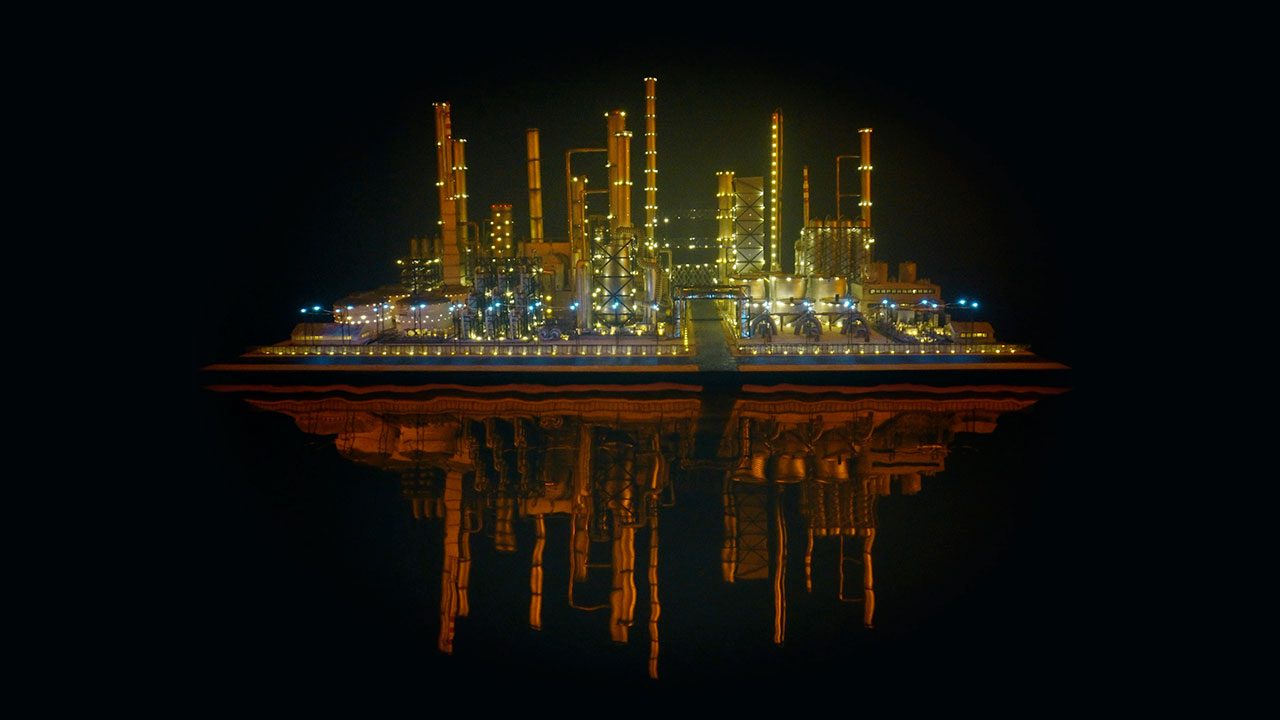
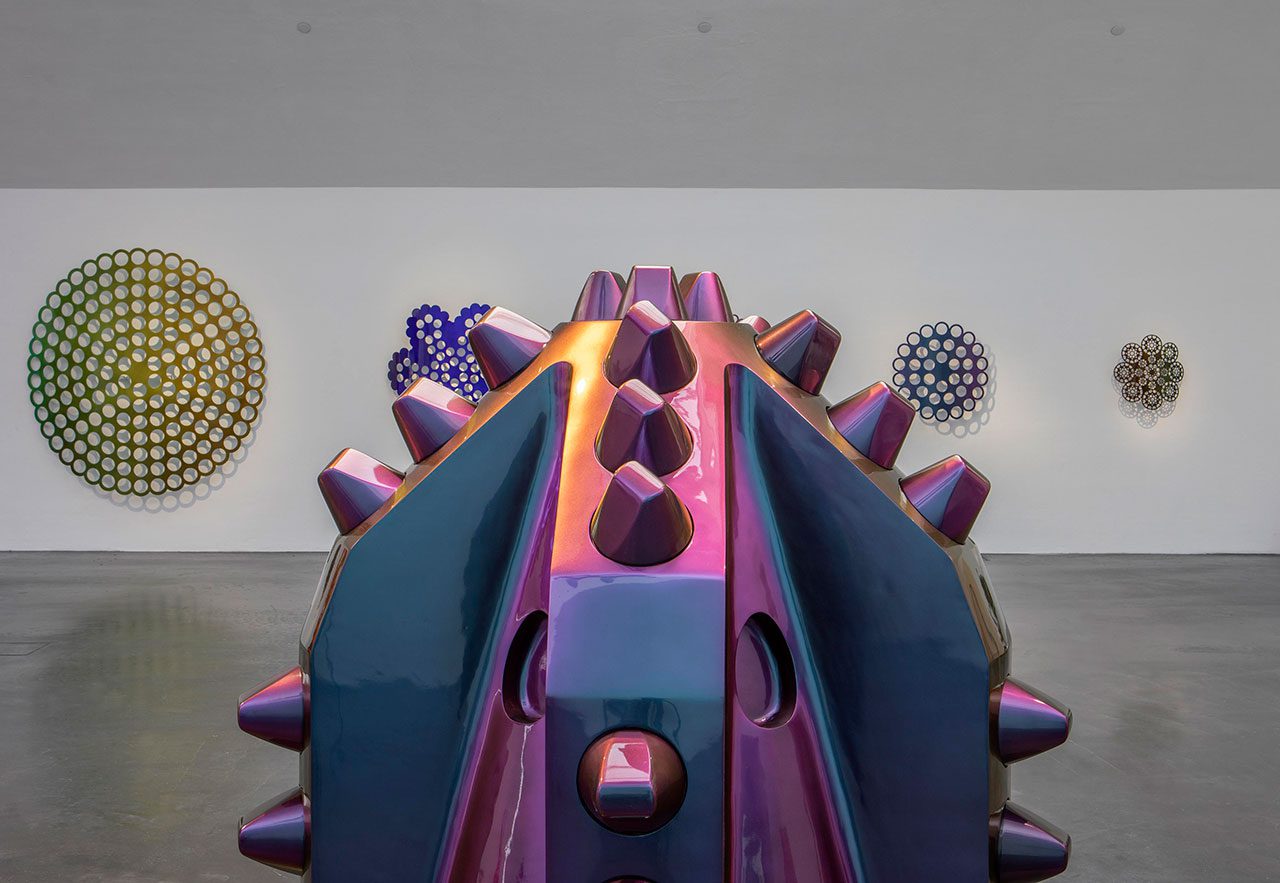
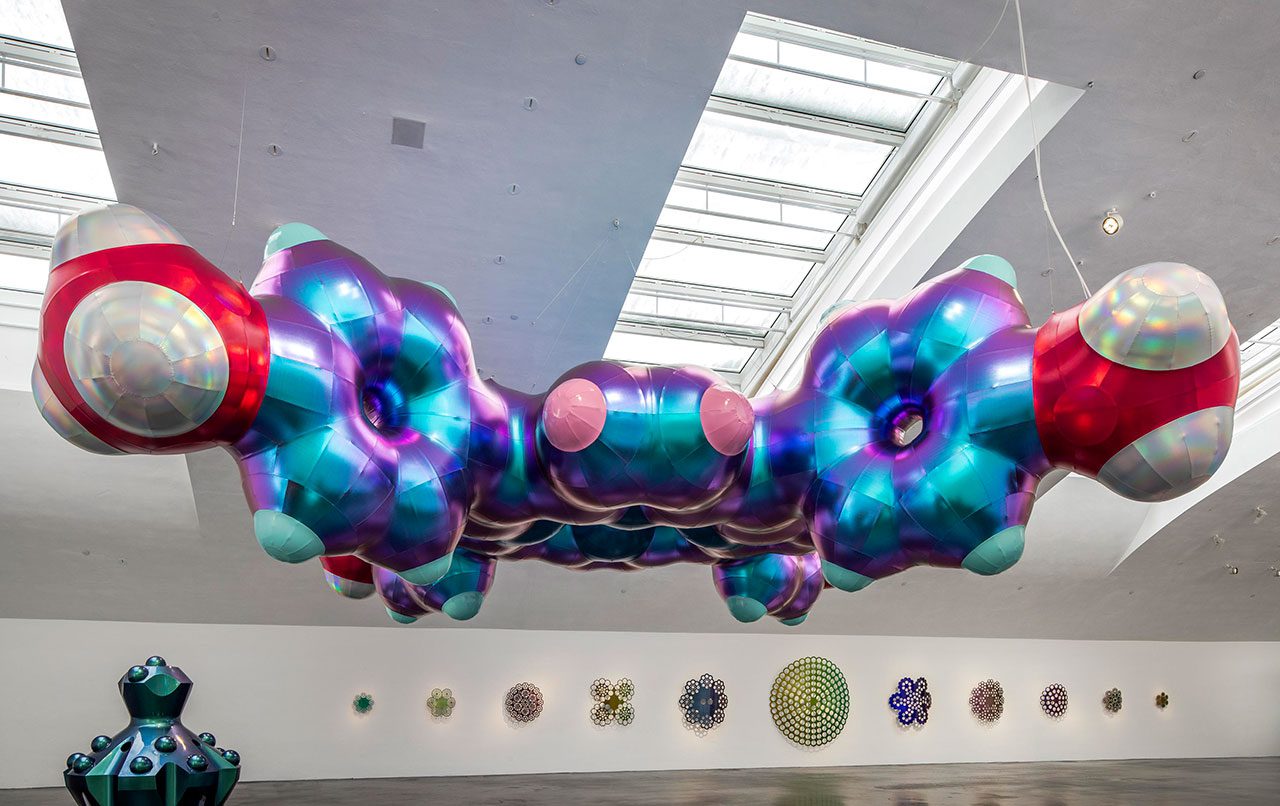
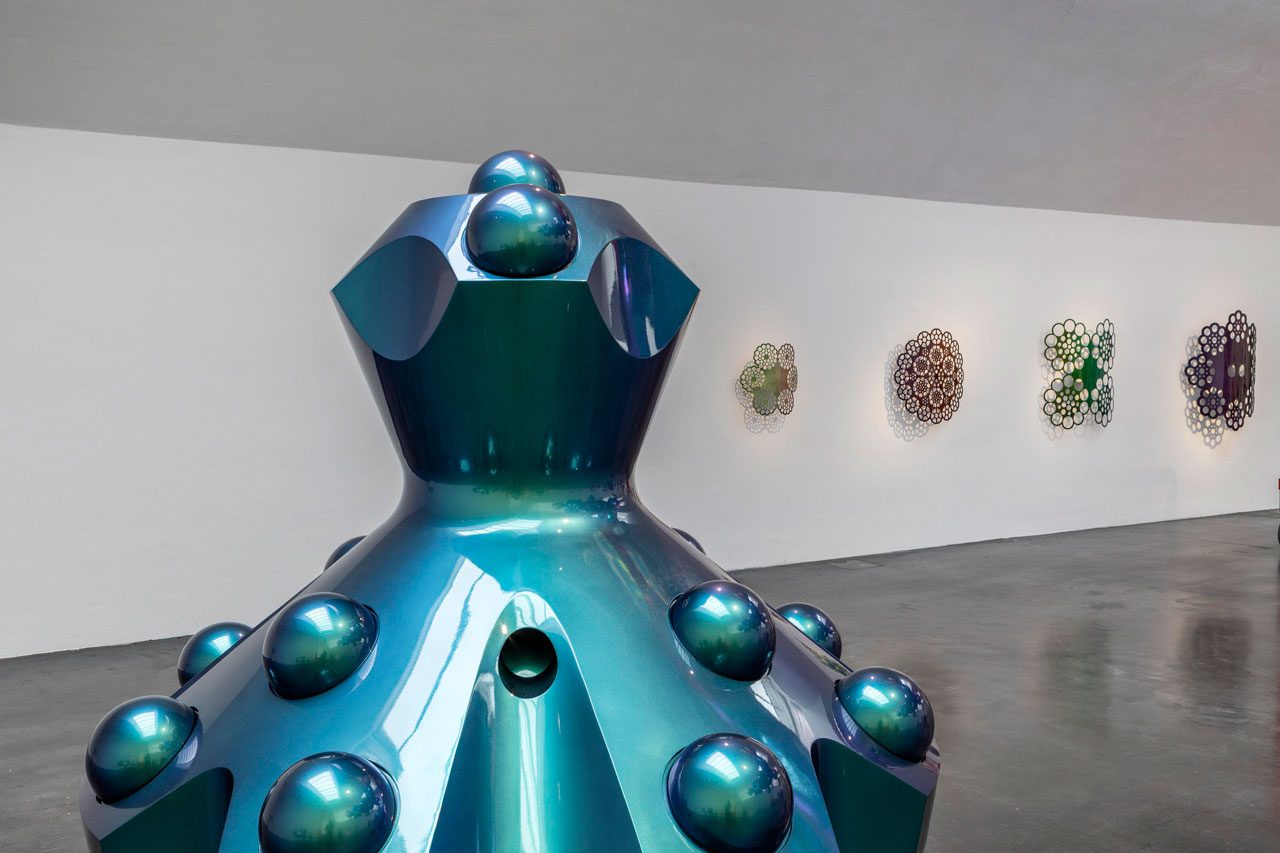
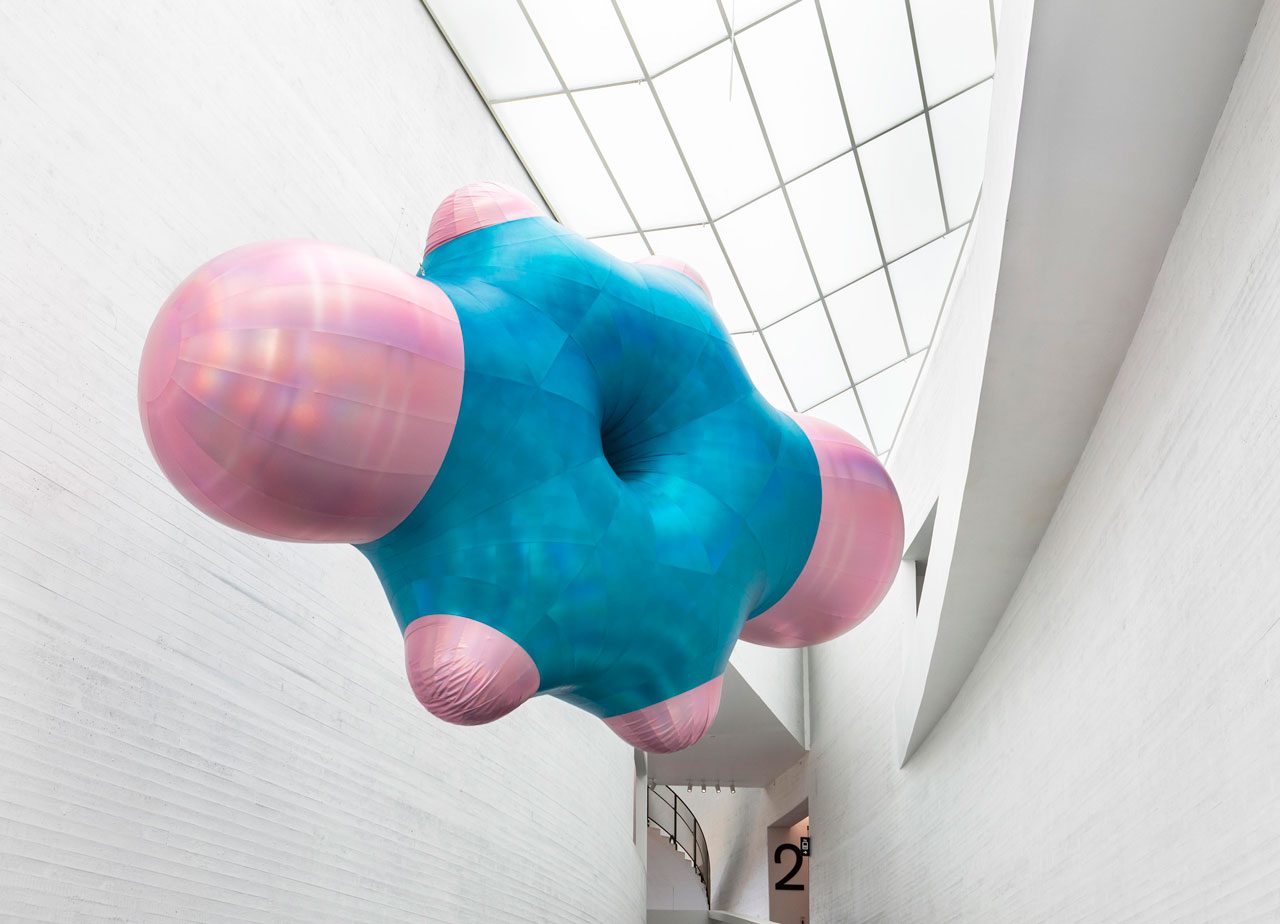
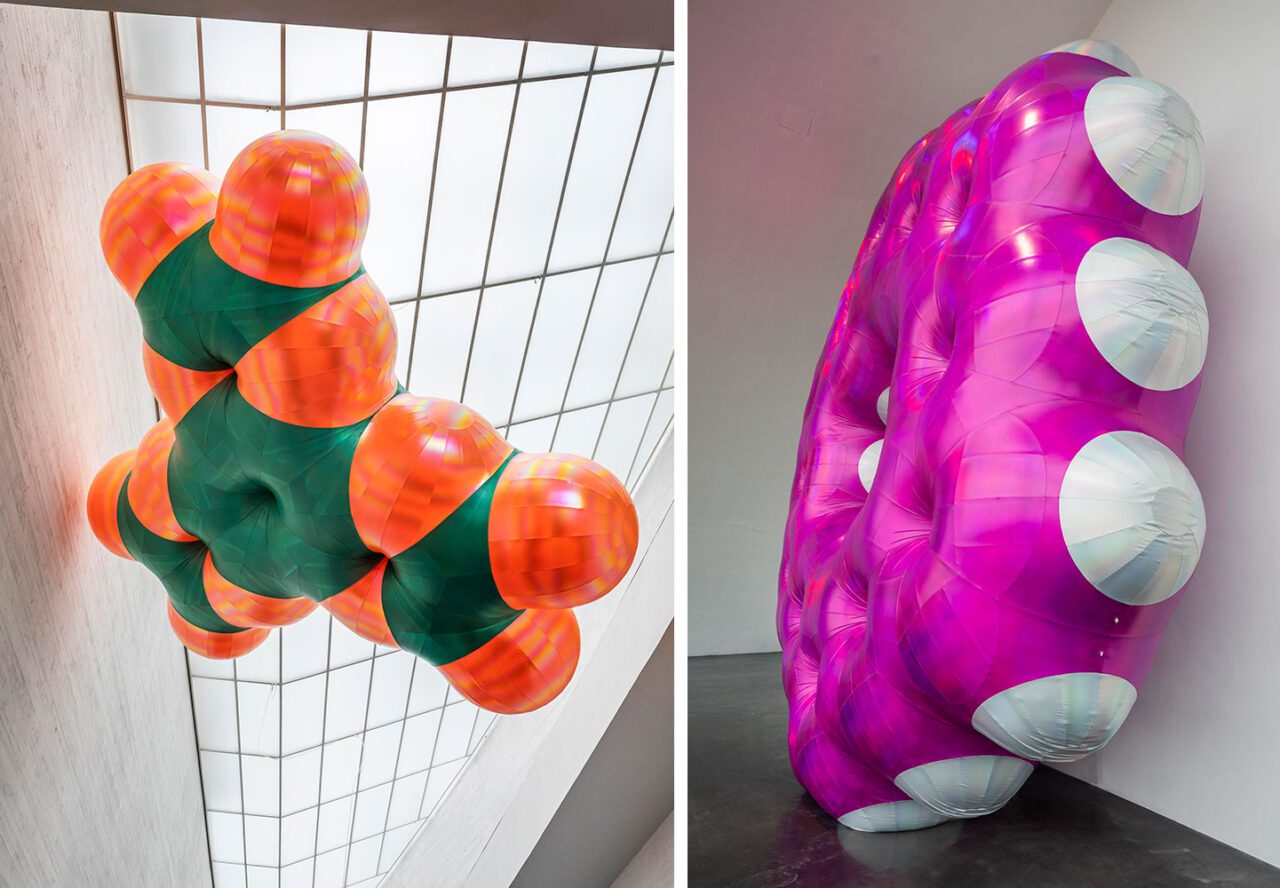
Right: Monira Al Qadiri, Benzene Float (Kekulene), 2023, © Monira Al Qadiri, Photo: Finnish National Gallery / Petri Virtanen, Courtesy the artist and Finnish National Gallery
